- Call us now
- (813)-928-5785
- Email at
- TreeSquirrelz@gmail.com
Tampa Tree Pruning
Tree pruning, elevating, and dead wooding of trees
are three of the most common arboricultural practices, and ideally should begin while the tree is young. This is when many of the problems associated with healthy structural development should be addressed; before they get out of hand.

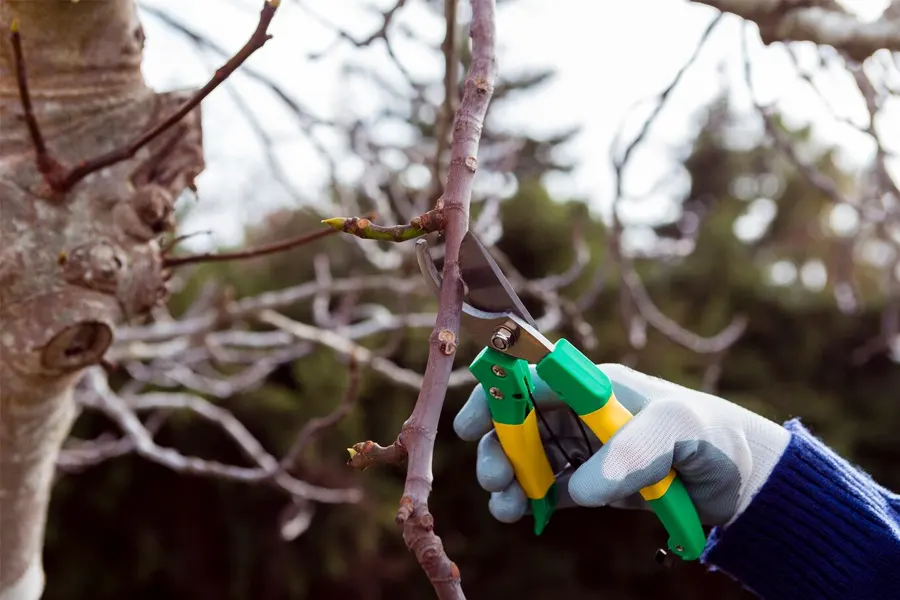
It is important to remember that there is a difference between tree pruning and trimming. Pruning is a training method used to encourage trees to grow in a desired direction or shape, or to encourage the growth of a particular structure. Pruning is directed purposeful cutting toward a predetermined end. The goal of tree pruning and thinning of young trees is to establish a single strong trunk with sturdy well-spaced scaffold limbs. A general rule of thumb for the vertical spacing of permanent limbs is to maintain a distance equal to approximately 3% of the tree’s eventual height at full maturity.
Pruning at this early developmental stage in a trees life is to eliminate such problems as co-dominant stems and narrow weak V-shaped branch unions with bark inclusion, which can be prone to splitting if allowed to develop. Typically stronger branch unions are more open and somewhat U-shaped.
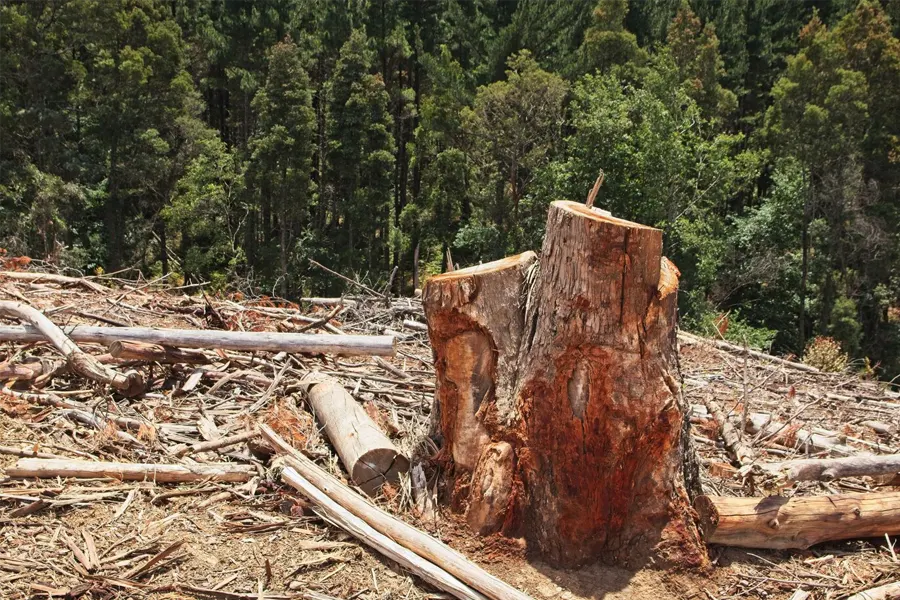
Provided it is correctly done, pruning also promotes strong new growth and helps to produce a well shaped healthy crown. It also serves to maintain ventilation which reduces potential fungal problems and allows light into the canopy. When pruning, thinning and shaping it is essential to have a good understanding of how trees develop. Severe over pruning and thinning should be avoided as these practices produce misshapen trees and promote the growth of tip heavy limbs that are prone to failure. This practice of over pruning and over thinning is known as lion tailing.
This pruning style is known as lion tailing and is very bad for trees, because it severely reduces the trees ability to manufacture food from sunlight. Also a tree pruned this way is more likely to suffer damage from storms. Repeated defoliation of this kind can predispose a tree to stress and eventually decline. We strongly advise against it.
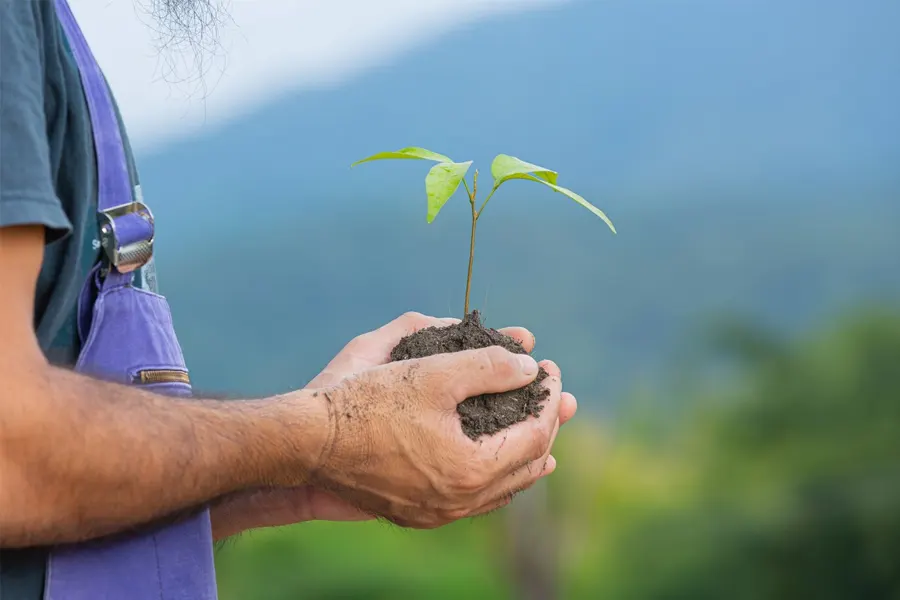
Regular repeated butchering can lessen a trees photosynthetic ability by reducing its capacity to manufacture the sugar needed for energy to sustain healthy growth and development. Once valuable stored energy reserves are depleted the tree becomes stressed and is inevitably weakened and begins to decline. Topping also known as decapitation or dehorning, is another barbarous practice that is very destructive to larger shade trees (hardwoods in particular). Unlike normal branch growth that develops in a socket of overlapping wood fiber or tissue, the radical new growth that is forced about by topping is poorly anchored usually only in the outer most layers of wood fiber growing from the parent trunk or limb. Crown rot is another problem frequently associated with topping which proliferates weak branch or crotch unions and opens the crown to fungal infections and disease pathogens.

The new growth that has sprouted from this topping cut is approximately 4 years old you can plainly see that it is attached only to the outer sapwood that formed after the cut was made, as the center of the old branch is completely rotted It will likely fail in the future.
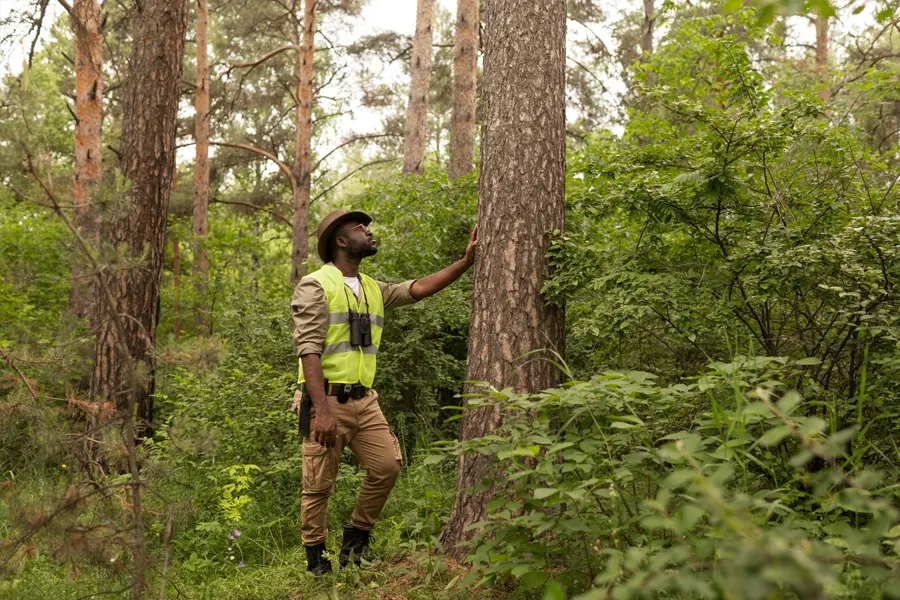
This tree was topped approximately 15 years ago it subsequently failed in a wind storm because of rot in the crown. The carport was damaged and had to be reconstructed.

Hurricane Tree Specialists does not engage in the practice of topping trees and we advise anyone considering it to think twice. Contrary to popular opinion, topping dose not make a tree safer and in fact will most definitely make it more likely to fail in the future.
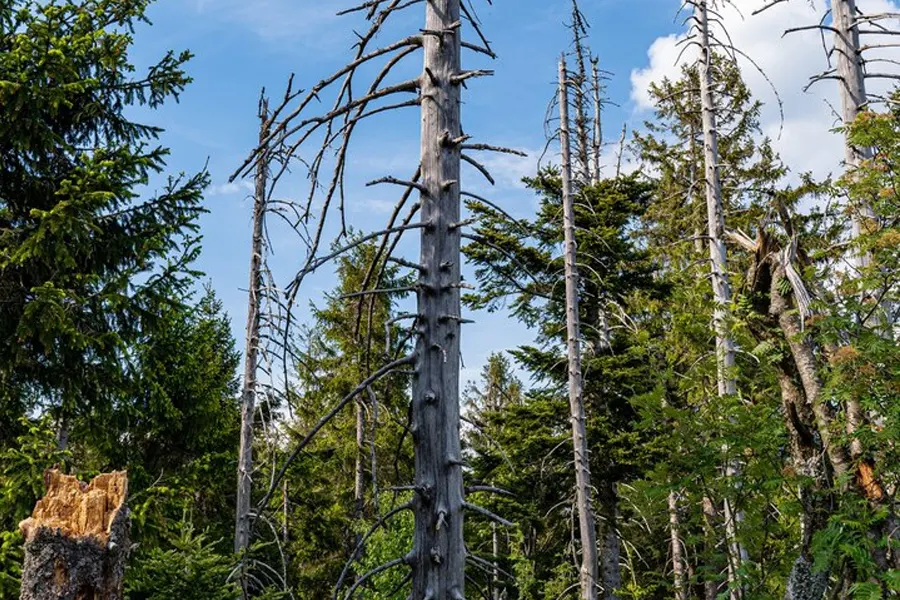
Contrary to popular belief, topping does not make a tree safer and unless restoration attempts are successful the probability of structural failure is compounded exponentially over time.
Hurricane Tree Specialists does not engage in the practice of topping trees and we advise anyone considering it of the damaging effects of this destructive practice. It is a good idea to steer clear of individuals or companies that advertise topping as a provided service, as this is one of the hallmark characteristics of an amateur who is unfamiliar with correct pruning methods, or is otherwise unconcerned with the damaging effects of this counter productive method. Finally trees should be an asset that enhances the value of a property and not a potentially hazardous liability.
Careful pruning and thinning can strengthen a tree by removing weak or diseased limbs and enabling it to channel it’s energies into stronger growth. Trimming on the other hand, is simply removing the excess growth and reshaping and already existing structure. Once the permanent limb structure of a tree has been established all subsequent cutting is basically to maintain that structure by trimming away any limb work that has become over grown or out of balance, and by removing any epicormic growth (suckers).
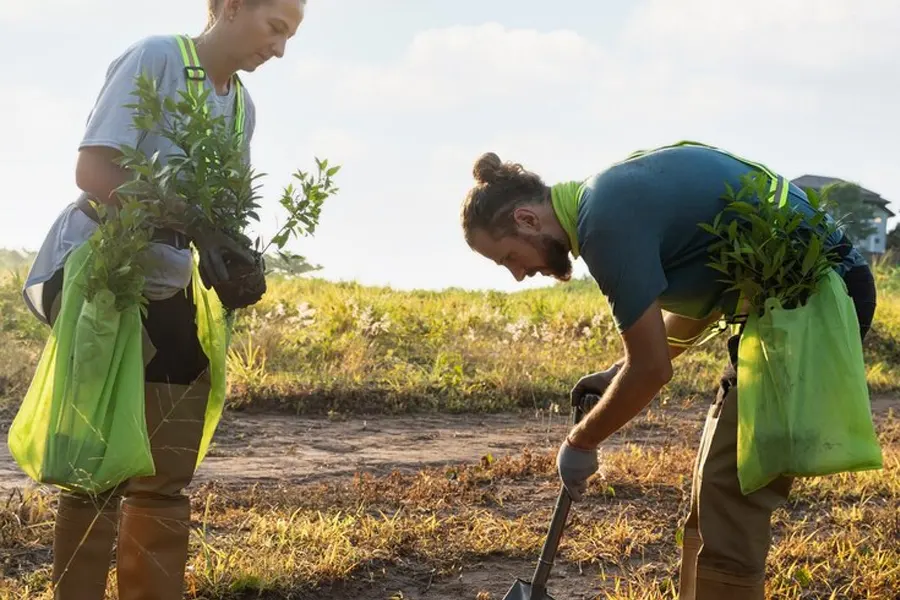
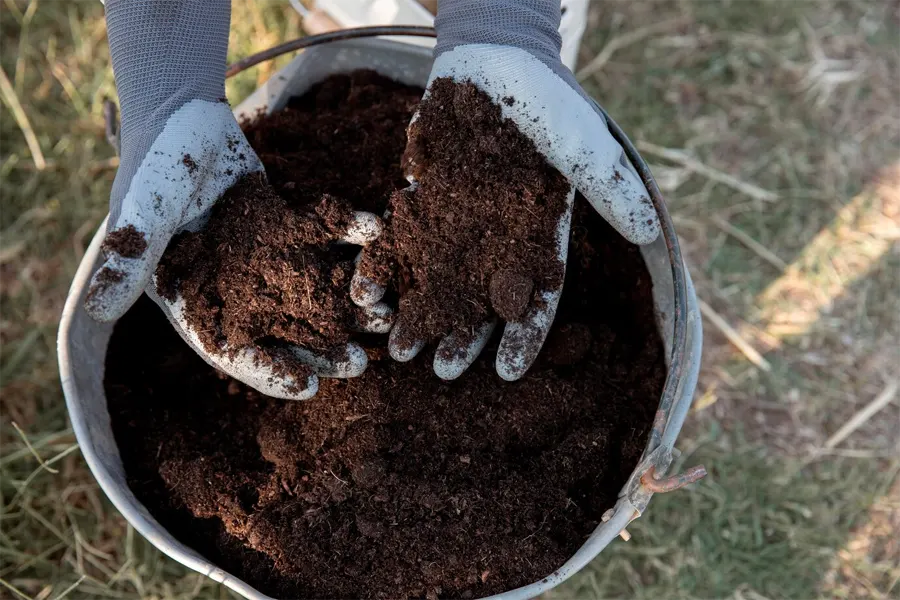
Properly Pruned and Elevated Trees, No Butchery
The amount of growth removed during pruning operations, depends largely on the trees needs. Generally speaking younger trees tolerate heavier pruning better than older mature trees. A good rule of thumb is no more than 15% to 20% or one fifth should be removed, anymore than this constitutes over pruning which as discussed earlier can damage the tree and lead to problems. Some trees never recover from repeated over pruning and cutting.
This Old Oak Tree Was Repeatedly Topped and Over-Pruned Over a Period of Years and Finally Died
When to prune, is another common question that sometimes leads to confusion. The cutting away of deadwood or diseased limb work can generally be done at any time during the year. Some good rules to remember, are cuts made just before spring heal the fastest, while cuts made in late summer usually do not begin to heal until the following spring, and so growth is maximized and wound closure is fastest if pruning takes place in late winter before the spring growth flush.
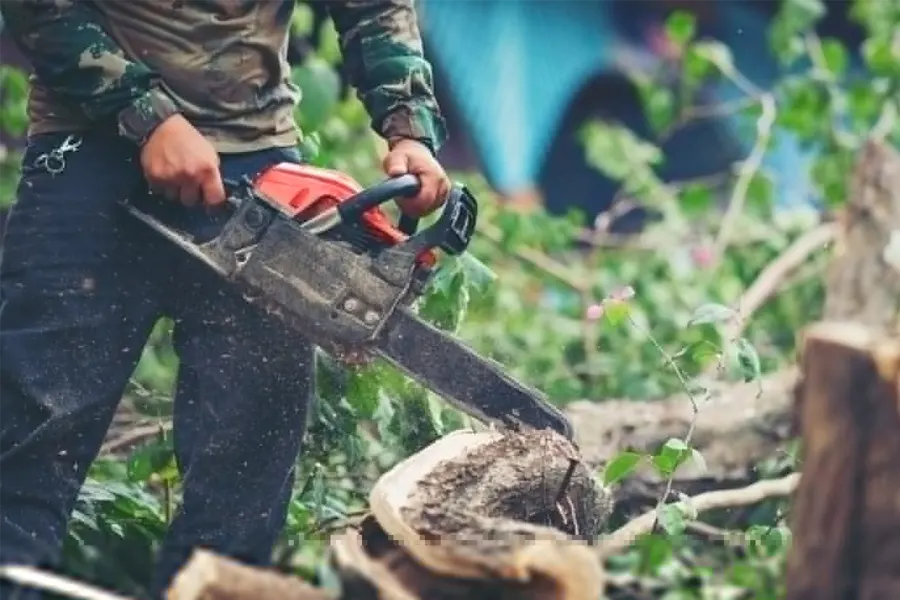
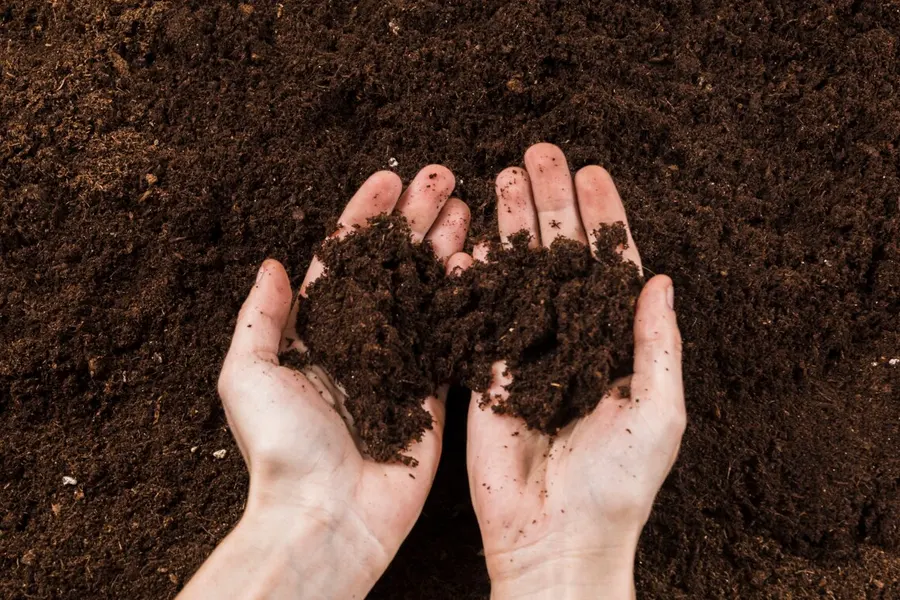

Examples of diffrents pruning wounds in various stages of closure

Spore filled fungal mats of oak wilt disease (Ceratocystis fagacearum growing under bark.)
Heavy pruning just after the spring growth flush should be avoided, as trees have expended a great deal of stored energy to produce foliage. Too much foiliage loss at this critical time can serverly stress a tree. Some tree diseases such as oak wilt (Ceratocystis fagacearum), which is systemic in a function can be spread when pruning wounds allow fungal spres access into the tree. Susceptible trees should not be pruned during active transmission periods, which for this disease is generally form April to June.
Trees such as the three examples blow, birches (betula), walnut (juglans) and maple (acer) should be pruned while in full leaf to avoid the excessive bleeding that can take place in early spring when the sap flow is high.
Winter temperatures in northern climates can also put certain constraints on when to prune. Here in Florida however this is less of a concern. The proper course of action to be taken when setting out to prune should be firmly established before any work begins. For instance is pruning needed to improve vigor or aesthetics? Perhaps it is to elevate low hanging limbs that are interfering with housetops, sheds, satellite dishes and the like. It could be that more air movement and light is desired in which case some thinning may be in order.
Another factor, could be pruning to provide open passage for electrical transmission lines. If this is the case it is advisable to hire a reputable private company instead of waiting for the power company to send someone. Often times these people needlessly butcher trees by using methods such as drop crotching, which is the pruning back of large central limbs to outward pointing laterals. While this method is effective it often times leaves the tree horribly disfigured.


Another factor, could be pruning to provide open passage for electrical transmission lines. If this is the case it is advisable to hire a reputable private company instead of waiting for the power company to send someone. Often times these people needlessly butcher trees by using methods such as drop crotching, which is the pruning back of large central limbs to outward pointing laterals. While this method is effective it often times leaves the tree horribly disfigured.
This tree growing near power lines has been pruned using the directional method, ultimately its form will not be as disfigured as the trees pictured above. Obviously large growing trees like this one should never be planted under power lines. Most problematic trees in the urban environment are that way because the planting site is not suitable for their ultimate size at maturity. Indeed better comunication between city planners, landscape designers and arborists is needed.


Anatomy of a Branch Image Courtesy of Shigo and Trees Associates
No discussion on tree pruning would be complete without covering proper pruning techniques. While there are many different pruning methods, the correct procedure for removing a limb is basically the same for any tree. First an undercut should be made approximately 18 to 24 inches (45.72 to 60.96 cm) from the branch collar. Think of this as an intermediate area between the branch and the parent trunk or limb. This is usually identified by a raised sometimes rougher and slightly darker ridgeline of bark. The branch collars on some trees will be more pronounced than on others, depending on species.

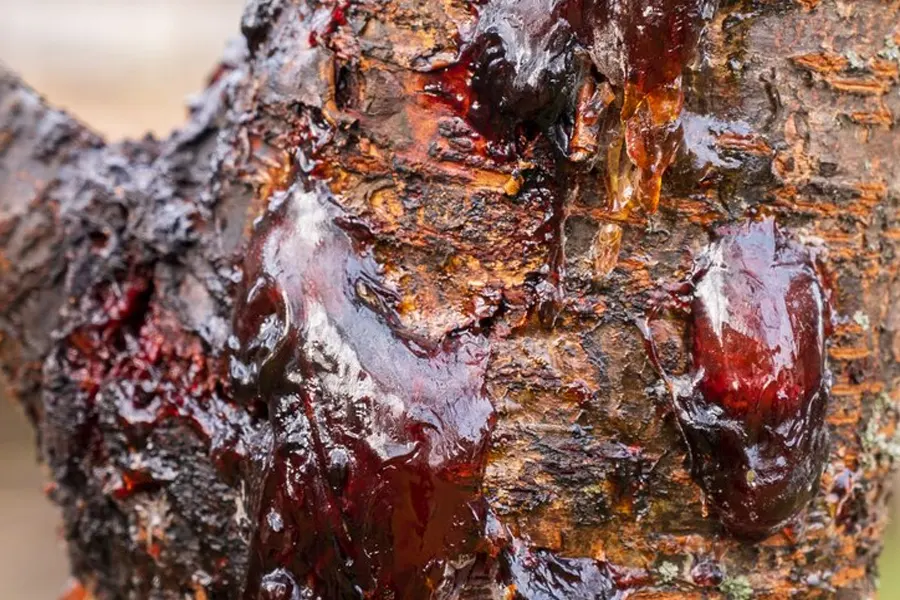


Next a top cut should be made approximately one ¼ inch (.635cm ) out beyond the undercut (this is about the thickness of a chainsaw bar). Once the limb falls away the remaining stub can be removed. Care should be taken here to avoid cutting into the branch collar, as this can create wounds in the parent trunk or limb, which can give disease pathogens unobstructed acsess into the tree. This 3 step procedure for limb removal is the best way to prevent tearing of the bark and peeling that would otherwise occur. Sometimes more than 3 cuts are necessary to meet this standard, depending on the weight and size of the limb being removed not to mention any obstacles that may be in the way.
How often to prune, is another common question. The average pruning cycle for most shade trees is approximately once every 3 years. With a little knowledge and understanding it is well within the capability of most able bodied home owners and do it yourselfers to prune their smaller trees and shrubs, the pruning and elevating of larger trees however should be left to professionals. This work is often times dangerous and can pose substantial hazards to personnel and surrounding property.
If you have trees and are interested in having some pruning done, give us a call we can advise you on which pruning methods would be most beneficial for your specific application. We can also help to organize a schedule for follow up inspection and maintenance. Whether it’s the removal of a couple of limbs, or a large scale pruning operation on multiple trees, my team and I have the proper equipment and training to ensure a safe quality job every time.
Crown Reduction & Restoration


A proper reduction cut
In addressing these two facets of tree surgery, I will cover each one individually. There are sometimes situations when a larger tree must have it’s height and overall canopy spread minimized or reduced. In these instances a practice known as crown reduction is the preferable way of accomplishing this task. It is a method where the main leading limbwork located at the trees extremities, that is to say it’s upper most and outermost points is pruned back to the nearest actively growing secondary branches, which then become the new dominant leaders and thereby the tree is reduced in size.

An important rule of thumb to remember here is that whatever secondary limbs that the tree is pruned back to, should be at least 1/3 the diameter of the limbs that are removed. In some cases where extensive growth must be removed, it is best done in different stages over a period of time, determined by the type of tree and it’s response or growth habit once pruned. This can range from one to several growing seasons depending on how much needs to be removed to accomplish objectives.
Hurricane Tree Specialists does not engage in the practice of topping trees, and we advise anyone considering it of the damaging effects and future problems associated with this most destructive practice. Although topping may alleviate a particular problem temporarily, it will not make a tree safer. On the contrary topping can greatly weaken a tree, and in severe cases can kill a tree.

These Trees Were Killed as a Result of Being Topped What a Senseless Waist of Perfectly Good Tree
While it is commonly known that most larger growing shade trees (hardwoods in particular) should never be topped, there are exceptions. Certain plants are considered to be topiary species, meaning they can be topped but these are generally limited to smaller soft stemmed ornamental trees and shrubs. The art of topiary is primarily used for creating hedges or unusual shapes (sculpting) or bonsai etc.

Formal hedge

Tree sculpting

The art of bonsai
Crown restoration is a practice by which trees that have been previously damaged by a storm for one example, where multiple breaks have occurred, or have been thoughtlessly topped by unknowing or incompetent individuals can be restored to a more optimal state of health and natural growth pattern.
Once again it should be noted that while crown restoration is an attempt to reverse the damage done to a tree it is not an instantaneous process, and may take routine pruning and treatment over several years or more depending on the extent of damage to obtain the desired outcome. It is also important to remember that tree species is also part of the equation. Different trees respond differently to the various treatment regimen. Also treatment intervals and rejuvenation and recovery times can vary from one tree to another.

A Live Oak Tree (Quercus Virginiana)
A Live Oak tree (Quercus virginiana ) for example can often times be restored after being topped or broken, but since it is not an overly fast growing tree, progress will tend to be moderate to slow.

This tree was viciously topped by a major tree company here in Tampa four years before this photo was taken. Since that time we have started the restoration process, but it will take years before this tree resembles it’s former glory.
I should also mention that it is equally important to initiate treatment sooner rather than later, once damage is discovered. Another critical issue is where the damage is located, for instance is it lower in the heart of the tree? Or higher in the limbwork ? Is it centralized in one area? Or wide spread over a larger portion of the tree canopy? Generally speaking the less damage sustained, the better the chance of a full and complete recovery.

A Water Oak Tree (Quercus Nigra)
A Water Oak tree (Quercus nigra) however is a faster growing tree, but it does not compartmentalize wounding as well, and is therefore more susceptible to crown rot and so growing and training new healthy dominant leaders or branches can sometimes become problematic. This tree is not as hardy as it’s longer lived more durable cousin.
